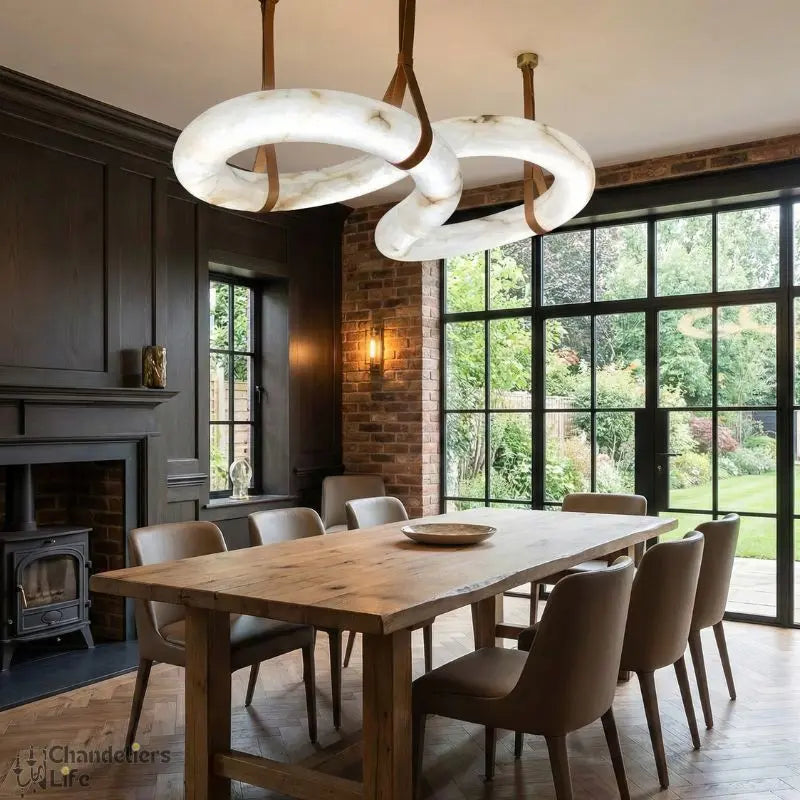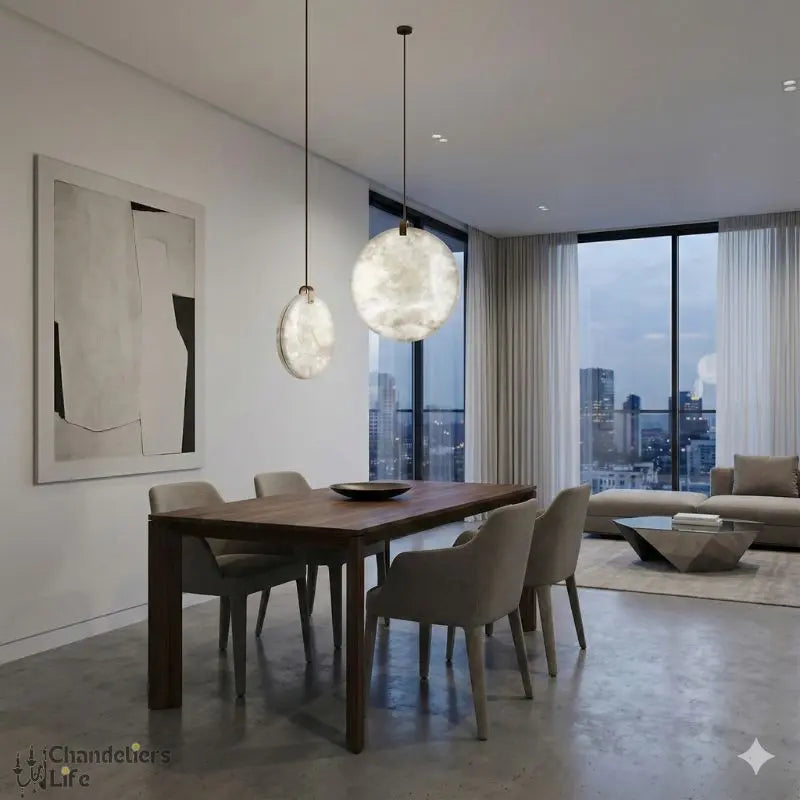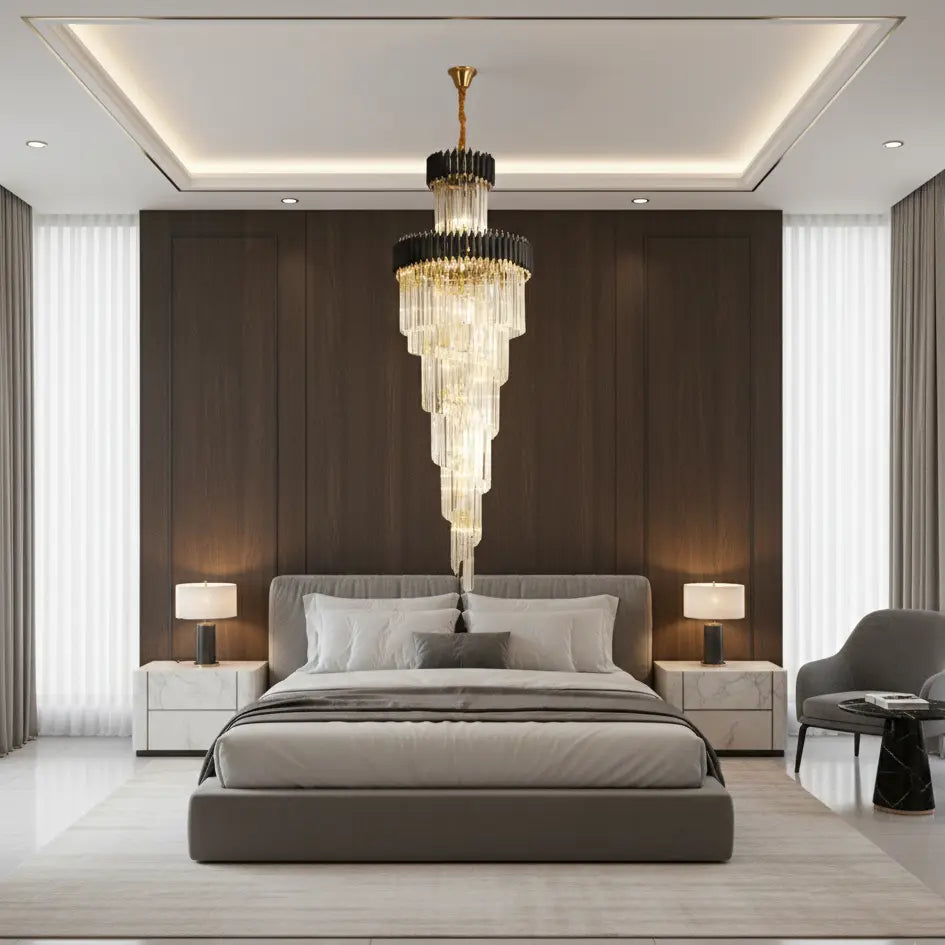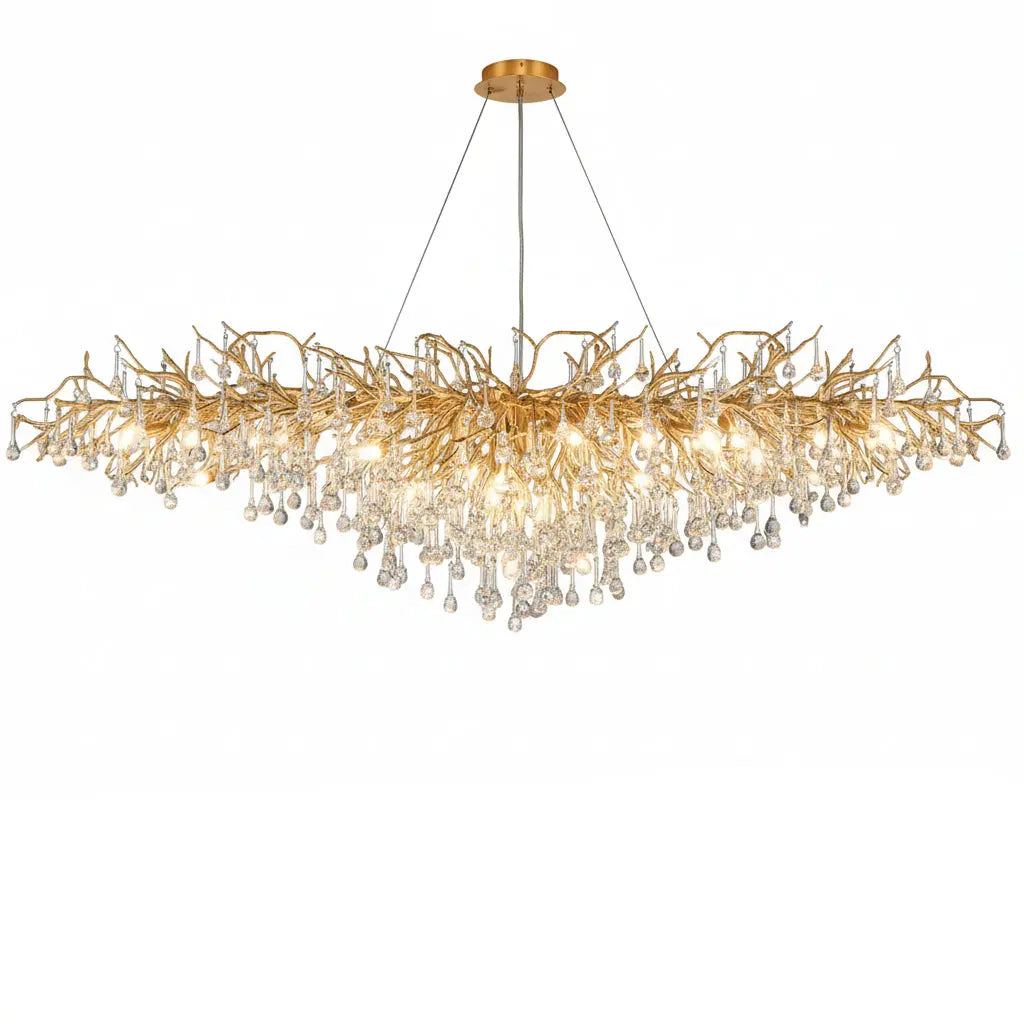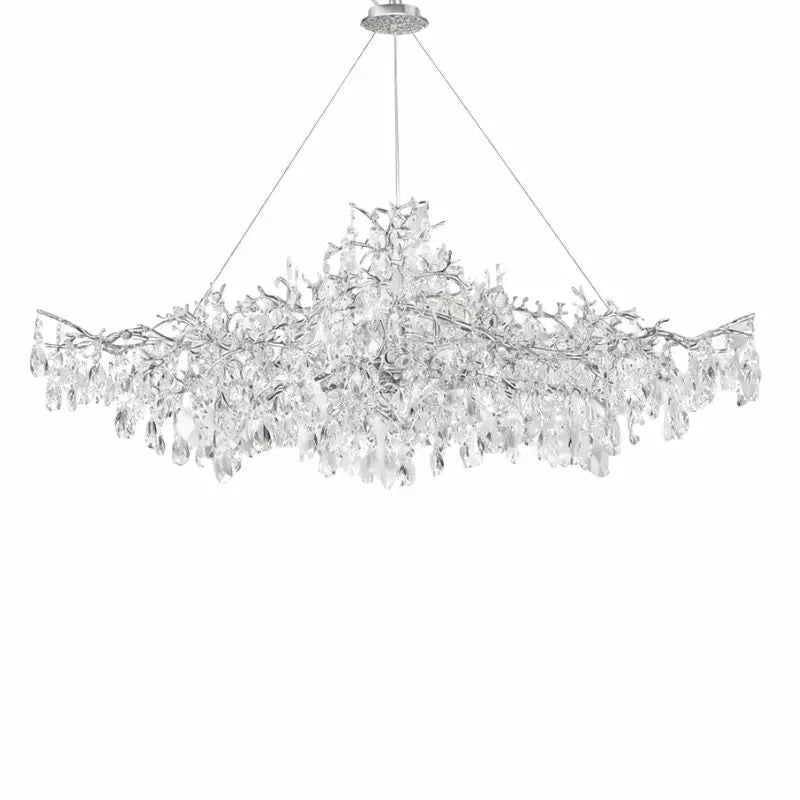Transitional interior design is a style that blends traditional and contemporary elements, creating spaces that feel both timeless and fresh. This guide will explore the key principles and features of transitional design, offering practical tips for incorporating this versatile style into your home. Whether you're redecorating a single room or your entire house, understanding the essence of transitional design can help you create a balanced and inviting atmosphere.
Key Takeaways
- Transitional design merges traditional and modern styles for a timeless look.
- A neutral color palette serves as a base, allowing for flexibility in decor.
- Layering textures adds depth and interest without overwhelming the space.
- Balance is essential, combining various materials and proportions harmoniously.
- Personal touches can enhance the design while keeping it cohesive.
Understanding Transitional Interior Design
Defining Transitional Interior Design
Transitional interior design is a unique blend of modern and traditional styles. It creates spaces that feel both comfortable and elegant. This style is perfect for those who want a home that feels warm and inviting while still being stylish. Transitional design often features clean lines and a neutral color palette, making it versatile for various tastes.
Origins of Transitional Design
The roots of transitional design can be traced back to the early 20th century. Designers sought a balance between the ornate details of traditional design and the simplicity of modern styles. This approach allows for a mix of old and new elements, creating a timeless look that appeals to many homeowners.
Core Principles of Transitional Design
To achieve a successful transitional design, consider these core principles:
- Neutral Color Palette: Use shades like taupe, beige, and gray as a base.
- Layered Textures: Incorporate various materials like wood, metal, and fabric to add depth.
- Balanced Proportions: Ensure that furniture and decor are in harmony with the space.
Transitional design is all about finding the right balance between comfort and style. It allows for personal expression while maintaining a cohesive look.
In transitional spaces, you might find alabaster chandeliers that add a touch of elegance without overwhelming the room. This style is perfect for those who appreciate both modern and traditional aesthetics, making it a popular choice for many contemporary homes.
Key Elements of Transitional Interior Design
Transitional interior design blends traditional and modern styles, creating a harmonious balance that feels both inviting and sophisticated. Here are the key elements that define this style:
Neutral Color Palette
A neutral color palette is essential in transitional design. Common shades include:
- Cream
- Taupe
- Gray
- Beige
These colors serve as a backdrop, allowing furniture and decor to shine without overwhelming the space. For a touch of vibrancy, consider adding nature-inspired colors like greens.
Layered Textures
In transitional spaces, layering different textures is crucial. This can include:
- Soft fabrics like suede or chenille
- Smooth surfaces like glass or metal
- Natural materials such as wood or stone
By mixing these textures, you create depth and interest, making the space feel more dynamic.
Balanced Proportions
Achieving balance is key in transitional design. This involves:
- Combining traditional curved furniture with modern straight lines
- Ensuring that no single element dominates the space
- Creating a sense of calm and order
This balance allows for a cohesive look that appeals to various tastes.
Mix of Materials
Transitional design often features a mix of materials, such as:
- Wood
- Glass
- Metal
- Fabric
This variety adds texture and interest while maintaining a unified aesthetic. It’s a great way to embrace the current trend of quiet luxury.
Transitional design is about creating spaces that feel both elegant and comfortable, allowing for personal expression without clutter.
By focusing on these key elements, you can successfully transform your space into a beautiful transitional haven.
Applying Transitional Design to Different Rooms
Transitional design can fit into any room in your home, making it a versatile choice. Here’s how to apply this style in various spaces:
Living Room
In a transitional living room, comfort and style work together. Start with a neutral color palette, which allows for a mix of traditional and modern furniture. For instance, you might pair a sleek sofa with a classic coffee table. Here are some tips:
- Use plush throw pillows for added comfort.
- Incorporate a soft area rug to enhance the space.
- Consider captivating chandeliers or pendant lights for stylish lighting.
Bedroom
The bedroom is perfect for transitional design, focusing on comfort and calm. A neutral color scheme, like soft grays or warm beiges, creates a peaceful vibe. Here’s how to achieve this:
- Choose a bed frame with clean lines.
- Use natural fabrics for bedding, like cotton or linen.
- Mix modern and traditional bedside tables for balance.
Kitchen
In the kitchen, transitional design combines modern and traditional elements. You can:
- Use sleek cabinetry with a neutral palette.
- Add modern accessories, like contemporary pendant lights.
- Incorporate a lacquered kitchen island for a fresh touch.
Bathroom
For a transitional bathroom, focus on simplicity and elegance. Consider these ideas:
- Use a neutral color scheme with soft textures.
- Choose fixtures that blend modern and traditional styles.
- Add decorative elements like mirrors or artwork to enhance the space.
Transitional design allows you to create a cohesive look throughout your home, blending styles effortlessly. Whether you’re in a smart home design or an apartment home design, this style can adapt to your needs.
Furniture and Decor in Transitional Design
Choosing the Right Furniture
Transitional furniture blends traditional and modern styles. It often features clean lines and simple shapes, making it versatile for various spaces. Here are some key characteristics:
- Clean Lines: Look for furniture with straightforward designs that avoid excessive ornamentation.
- Tailored Appearances: Upholstery should be well-fitted and smooth, enhancing the sophisticated look.
- Mix of Materials: Combining wood, metal, and fabric adds depth without cluttering the space.
Incorporating Modern and Traditional Decor
To achieve a balanced look, mix decor elements from both styles. Consider these tips:
- Use a neutral color palette as a base, incorporating shades like beige, gray, and cream.
- Add accent colors through accessories like pillows or artwork to bring personality.
- Choose a unique marble chandelier to serve as a focal point, blending elegance with functionality.
Creating Focal Points
Focal points are essential in transitional design. Here’s how to create them:
- Use a sophisticated marble chandelier to draw attention in the dining area.
- Arrange furniture to highlight a beautiful view or architectural feature.
- Incorporate artwork that resonates with both traditional and modern aesthetics.
Minimal Ornamentation
In transitional design, less is often more. Focus on:
- Keeping decor simple and uncluttered.
- Choosing a few key pieces that can be easily swapped out for a fresh look.
- Ensuring that every item serves a purpose, enhancing both style and functionality.
Transitional design allows you to create spaces that are both timeless and modern. By blending the best elements of traditional and contemporary styles, you can achieve a harmonious balance that feels welcoming and sophisticated.
Tips for Achieving Transitional Interior Design
Starting with a Neutral Foundation
Begin your design journey with a neutral color palette. Shades like beige, gray, and cream create a calm backdrop, allowing other elements to shine. This foundation is essential for a balanced look.
Balancing Old and New Elements
To achieve a harmonious space, mix traditional and modern pieces. For example, pair a classic wooden table with sleek metal chairs. This blend creates a unique character in your home.
Incorporating Personal Touches
Don’t forget to add items that reflect your personality. This could be a favorite piece of art or a cherished family photo. These personal touches enhance the room's charm without disrupting its overall design.
Maintaining Comfort and Functionality
Ensure that your space is not only beautiful but also functional. Choose furniture that is comfortable and promotes easy movement. A well-organized room feels inviting and practical for everyday use.
Remember, the goal of transitional design is to create a space that feels both elegant and cozy. Quality over quantity is key to achieving this balance.
Summary Table of Tips
| Tip | Description |
|---|---|
| Neutral Foundation | Start with neutral colors for a calm backdrop. |
| Balance Old and New | Mix traditional and modern elements for uniqueness. |
| Personal Touches | Add items that reflect your personality. |
| Comfort and Functionality | Choose comfortable furniture that promotes movement. |
By following these tips, you can create a stunning transitional space that feels like home. Don't forget to explore options like eco-friendly homes and eco-friendly home design to make your space sustainable!
Common Mistakes to Avoid in Transitional Design
Overloading with Accessories
One of the biggest mistakes in transitional design is overloading your space with accessories. While it’s tempting to fill every surface with decor, this can lead to a cluttered look. Instead, focus on a few key pieces that truly reflect your style. Here are some tips to avoid clutter:
- Choose a few meaningful items.
- Rotate decor seasonally to keep things fresh.
- Use larger pieces to create impact without overcrowding.
Ignoring Proportions
Another common error is ignoring proportions. When mixing different styles, it’s crucial to ensure that the pieces fit well together. A good rule of thumb is to:
- Measure your space before buying furniture.
- Choose items that complement each other in size.
- Avoid pairing oversized furniture with tiny decor.
Neglecting Texture
Texture plays a vital role in transitional design. Failing to incorporate various textures can make a space feel flat. To add depth, consider:
- Mixing materials like wood, metal, and fabric.
- Using layered textiles, such as throws and cushions.
- Incorporating natural elements like plants or stone.
Forgetting Functionality
Lastly, don’t forget about functionality. A beautiful space should also be practical. Here are some reminders:
- Ensure furniture is comfortable and usable.
- Keep pathways clear for easy movement.
- Choose decor that serves a purpose, like storage solutions.
Transitional design is about balance. By avoiding these common mistakes, you can create a space that is both stylish and functional. Remember, it’s all about finding the right mix of old and new elements to make your home feel inviting and cohesive.
When designing a transitional space, it's easy to make some common errors. Avoid mixing too many styles or colors, as this can create a chaotic look. Instead, aim for a balanced blend of traditional and modern elements. For more tips and to explore our stunning collection of chandeliers that can elevate your design, visit our website today!
Conclusion
In closing, transitional interior design offers a wonderful way to blend the old with the new, creating spaces that feel both cozy and stylish. By mixing traditional and modern elements, you can make your home feel inviting and fresh. Remember to start with a neutral color palette, add different textures, and choose furniture that balances comfort and elegance. Personal touches, like family photos or favorite decor, can make your space truly yours. With these tips, you can transform your home into a beautiful reflection of your style that stands the test of time.
Frequently Asked Questions
What is transitional interior design?
Transitional interior design is a style that mixes traditional and modern elements. It creates a balanced look that feels cozy and stylish.
How can I apply transitional design in my home?
You can start by using neutral colors, mixing different materials, and choosing furniture that combines old and new styles.
What colors are best for transitional design?
Neutral colors like beige, gray, and cream work well. You can add pops of color with accessories like pillows or artwork.
What are some common mistakes in transitional design?
Common mistakes include using too many accessories, ignoring the size of furniture, and not considering how textures work together.
Can transitional design work in any room?
Yes! Transitional design can be applied to any room, including living rooms, bedrooms, kitchens, and bathrooms.
How do I choose the right furniture for transitional design?
Look for furniture that has clean lines and a mix of styles. Quality pieces that are comfortable and functional are key.







